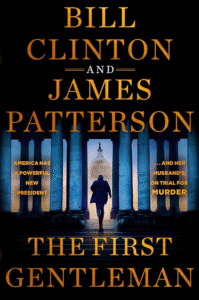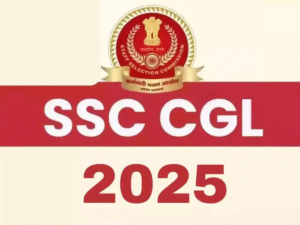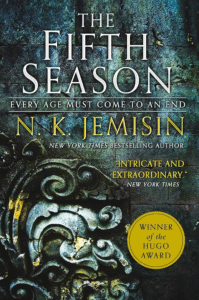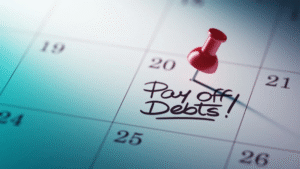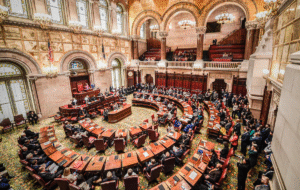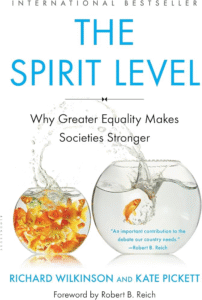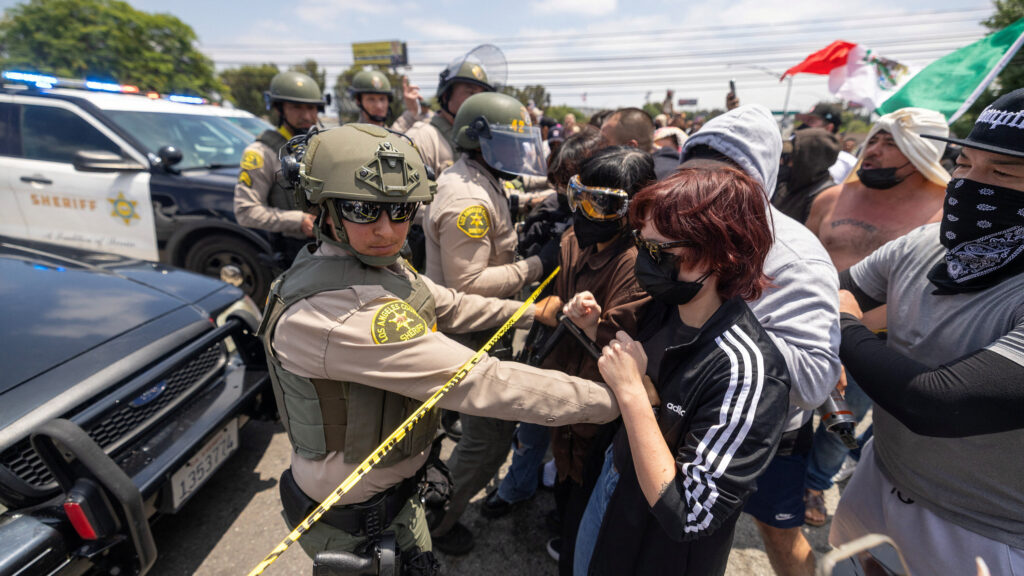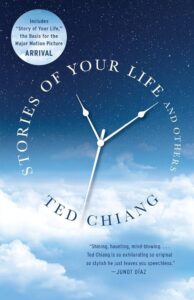The Shifting Sands of Beauty Standards: How Social Media and Global Culture are Redefining Aesthetics
The Accelerated Evolution of Beauty
For centuries, the concept of beauty has been a fluid and often elusive ideal, shaped by cultural norms, artistic movements, and societal values. What was once dictated by religious texts, royal courts, or dominant artistic canons is now undergoing a seismic shift, largely propelled by the pervasive influence of social media and an increasingly interconnected global culture. These forces are not only challenging traditional notions of attractiveness but are also creating a complex and often contradictory landscape where inclusivity clashes with unattainable ideals, and individual expression navigates the pressures of online validation.

The Historical Context of Beauty Standards
Historically, beauty standards were often localized and deeply intertwined with specific cultural contexts. The plump figures celebrated in Renaissance art stood in stark contrast to the slender silhouettes favored in later eras. Pale skin, once a sign of aristocracy, gave way to sun-kissed complexions with the rise of leisure culture. These shifts, though significant, often unfolded over decades or even centuries, allowing for a gradual assimilation of new ideals. However, the advent of social media has compressed this timeline exponentially. Platforms like Instagram, TikTok, and YouTube act as hyper-efficient disseminators of trends, showcasing a constantly evolving array of desirable features, body types, and aesthetics.
The Democratization and Fragmentation of Beauty Online
One of the most significant impacts of social media on beauty standards is the democratization, and arguably the fragmentation, of what is considered beautiful. Previously, mainstream media – magazines, television, and film – largely controlled the narrative, presenting a relatively narrow and often homogenous ideal. Social media, however, has empowered individuals to become their own content creators and influencers, showcasing a diverse range of appearances and challenging the traditional gatekeepers of beauty. This has led to a greater visibility of different body types, skin tones, hair textures, and personal styles, fostering a degree of inclusivity that was largely absent in the past. The rise of body positivity movements and the celebration of diverse identities online are testaments to this shift.
The Paradox of Curated Perfection
However, this apparent democratization is not without its darker side. The curated and often heavily filtered nature of social media presents an equally powerful, albeit often unrealistic, set of beauty standards. The “Instagram face” – characterized by smooth skin, plump lips, defined cheekbones, and a snatched jawline – has become a ubiquitous ideal, often achieved through digital manipulation or cosmetic procedures. This creates a paradoxical situation where while diversity is celebrated in some corners of the internet, a specific, often unattainable, aesthetic reigns supreme in others, leading to feelings of inadequacy and pressure to conform. The constant exposure to seemingly flawless images can fuel body image issues and contribute to a culture of comparison and self-criticism.
The Blending of Global Aesthetic Influences
Furthermore, the globalization facilitated by the internet and social media has led to a blending and hybridization of beauty ideals. Trends originating in one part of the world can quickly gain traction globally, leading to a homogenization of certain aesthetic preferences. The influence of K-beauty and J-beauty trends, for instance, has had a significant impact on skincare and makeup routines worldwide. Similarly, fashion and style trends often transcend geographical boundaries, creating a more interconnected, yet potentially less locally distinct, visual landscape. This global exchange can be enriching, exposing individuals to different cultural expressions of beauty, but it also risks overshadowing and marginalizing unique local traditions.
Navigating Authenticity and Online Validation
The interplay between individual expression and the pressure to conform to online trends is another crucial aspect of this evolving landscape. While social media offers platforms for individuals to showcase their unique styles and aesthetics, the pursuit of likes, followers, and validation can often incentivize conformity to popular trends. The fear of missing out (FOMO) and the desire for social acceptance can lead individuals to adopt beauty practices and aesthetics that may not genuinely resonate with their personal preferences. This creates a tension between authentic self-expression and the performative nature of online identity.
Conclusion: Towards a More Conscious Understanding of Beauty
In conclusion, the sands of beauty standards are indeed shifting under the combined forces of social media and global culture. While these forces have undoubtedly contributed to a greater visibility and acceptance of diverse appearances, challenging historically narrow definitions of beauty, they have also introduced new and often unrealistic ideals. The curated nature of online platforms and the pressure for validation can create a complex and sometimes damaging environment for self-perception. Navigating this evolving landscape requires a critical awareness of the forces shaping our aesthetic ideals, a conscious effort to celebrate authenticity over unattainable perfection, and a continued push for a truly inclusive and diverse understanding of what it means to be beautiful in an increasingly interconnected world. The conversation surrounding beauty standards is far from over, and its future will be shaped by our ability to foster a culture that values individuality, celebrates diversity, and critically engages with the powerful influences of the digital age.

